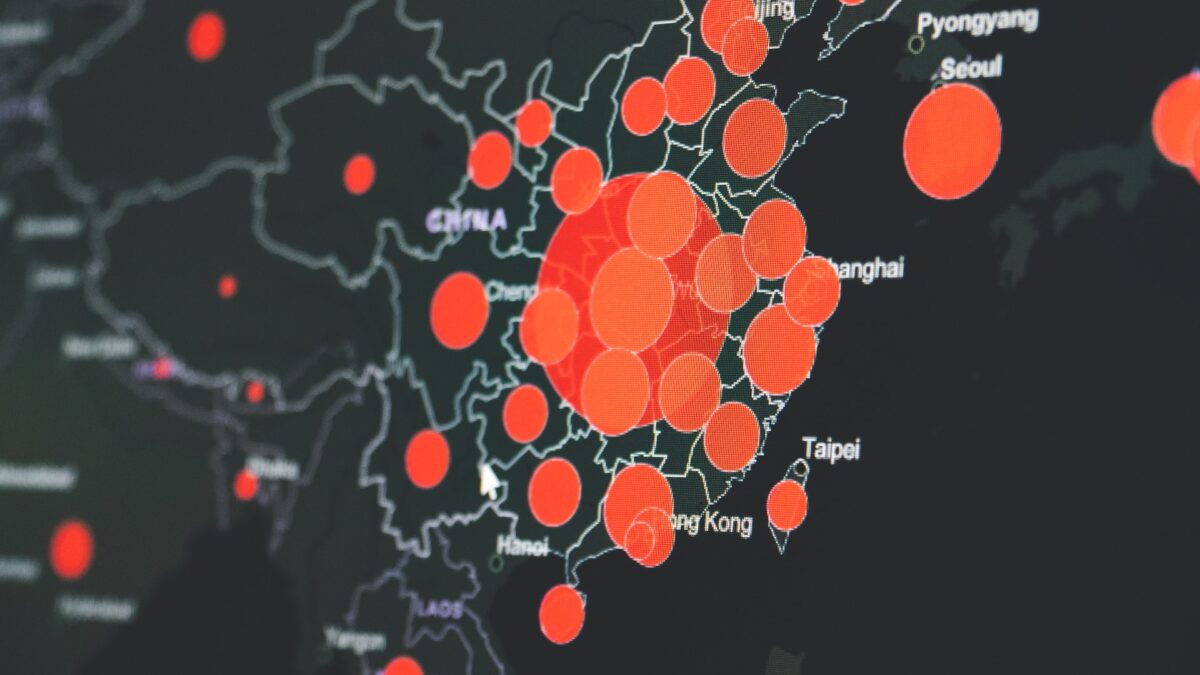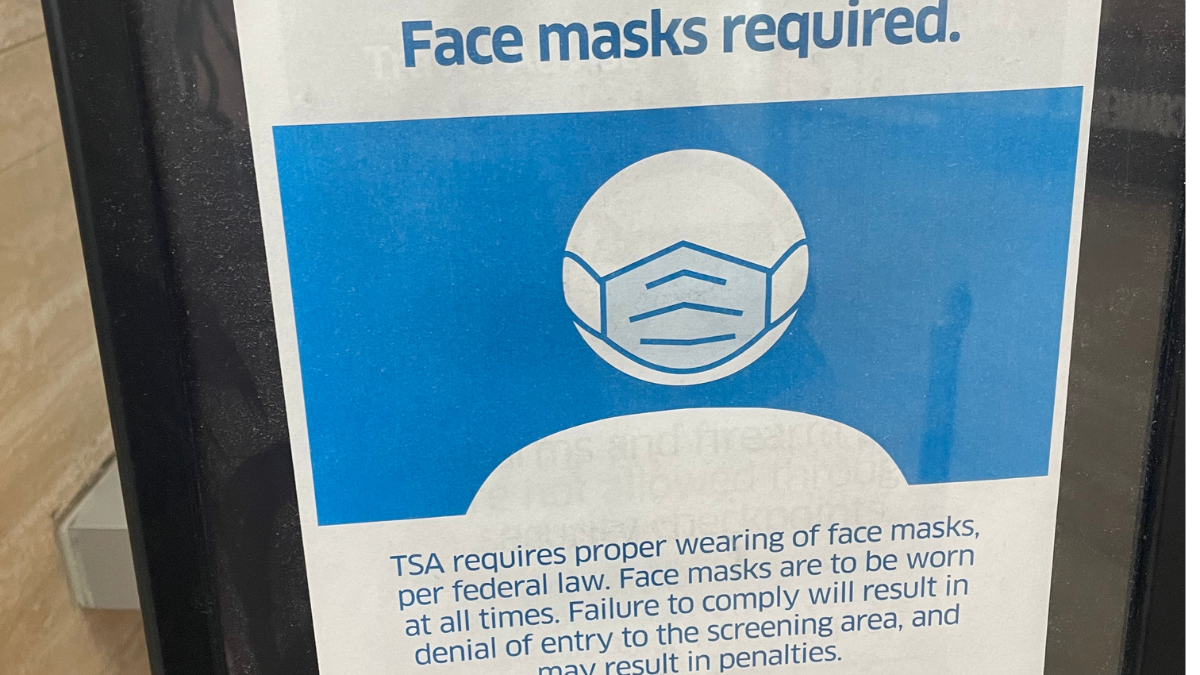
In our temporary pandemic economy, we haven’t been short on ideas about how to limit the effects of future Black Swan events on the hardest-hit Americans. Unfortunately, the ideas I’ve seen — universal basic income, higher unemployment benefits, a $15 federal minimum wage, nationalizing prescription drug manufacturing, cash payments to illegal immigrants, “COVID reparations” — are either too expensive, too short-term, too complicated, or simply too barmy.
Helping America’s working poor better cushion future economic shocks isn’t all that complex, and there’s plenty from economic history to guide us, including past pandemics.
Take Europe’s Black Death of 1347. It too was a virus originating in China. It spread so rapidly that, in the words of a French physician at the time, “it seemed as if one sick person could infect the whole world.”
Before it abated, it cut the European population in half, wiping out villages, towns, and whole family lines. The burial sites were so large, one Italian chronicler described them as resembling lasagna, with layers of bodies laid side-by-side and stacked on one another, with layers of soil between them.
Inexpressible devastation aside, historians describe the period that followed as a “golden age” of sorts for the surviving lower classes. Due to the laboring peasantry being decimated in England, for instance, unskilled wages there jumped by a third. Surviving peasants could bargain for safer work and better working conditions generally. Serfs across the country broke away from the feudal estates that shackled them in place sometimes for generations, leasing or buying the land they had worked on (farmland had also dropped in price due to the pandemic) or simply leaving to find better opportunities elsewhere.
Studied by historians even to this day, the Black Death and its socioeconomic effects provide one of the best and earliest examples of the iron-clad rule of labor economics: When labor pools are small, workers’ bargaining power increases. Conversely, when there are labor gluts — due, for instance, to years of mass immigration — owners, not workers, get to dictate terms. It’s obvious which type of labor situation the working poor need most post-COVID.
How Immigration Changes the Game
Take our own blue-collar “golden age.” Between the early 1920s and mid-1960s, America experimented with being a low-immigration nation, following a conscious policy of easing the expansion of the domestic labor pool by dramatically slowing down the importation of foreign workers. The results were wildly successful. During this time, millions of struggling people found firmer economic ground, renters became homeowners en masse, and America essentially became the first country in the world to create a middle class. There’s little reason this can’t be done again.
In 1939, right in the middle of this period, black sociologist Horace Cayton wrote a book about the labor-immigration dynamic, focusing particularly on black labor’s ups and downs from the time of emancipation — a focus that’s relevant now, since analysts say black Americans have been disproportionately affected by the coronavirus’ economic fallout.
Cayton detailed the vast gains black Americans were making in several industries in the new, post-Civil War economy, most of which were reversed by the immigration wave that came at the end of the century. He observed that the immigrants undercut black workers, pushing them out of their jobs. Native whites experienced similar effects, he wrote.
Regarding the coal industry in particular, he recounted how mine operators in Virginia had originally employed almost all native white people as well as black people who had come from the South. But later, Austro-Hungarians, Italians, and Poles began to displace them.
However, with the passage of the restrictionist Immigration Act of 1924, he wrote, such displacement effects began to reverse:
[N]either the cessation of British immigration nor the moving of the native American and non-English-speaking whites into the ranks of the skilled has necessitated the acceleration of the amount of [black] labor used in coal mining, since, until the passage of the Immigration Act of 1924, additional increments of labor could always be obtained from southern Europe.
Cayton concluded in 1939: “Today, American industry cannot tap the foreign sources of a labor supply as it formerly did.” My, would things change.
American Workers Have Been Kicked to the Curb
With the passage of the Immigration Act of 1965, the floodgates for unskilled, foreign labor would again be thrown open. As a result, much of the gains accrued during the blue-collar golden age ground to a halt. Regarding black Americans in particular, says labor economist Vernon Briggs, the 1965 law worked to “marginalize [what] the civil rights movement and legislation of the 1960s sought to redress.”
With no letup in immigration rates since the act was passed, the pummeling of working people continues to this day. Speaking with restrictionist advocate Carol Swain a few years back, southern black pastor and community leader George Burns characterized our current situation thusly: “Often employers would hire blacks because blacks would work much cheaper than whites. Now Hispanics are displacing blacks in many jobs. Hispanics will work for $7 an hour for a job for which blacks and whites expect.”
Having watched for decades employers grow rich off immigration subsidies, while being unfairly branded as “xenophobes” when they complained about it, American workers have similarly felt kicked to the curb by the economic elite.
Hopefully, as the elite rediscover the importance of national borders and limits of globalism after the pandemic, they also rediscover what a nation-first immigration policy looks like and whom it’s supposed to serve.









